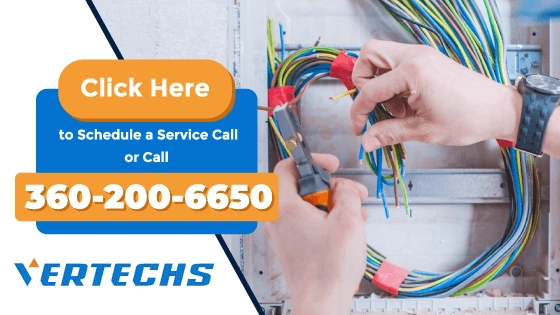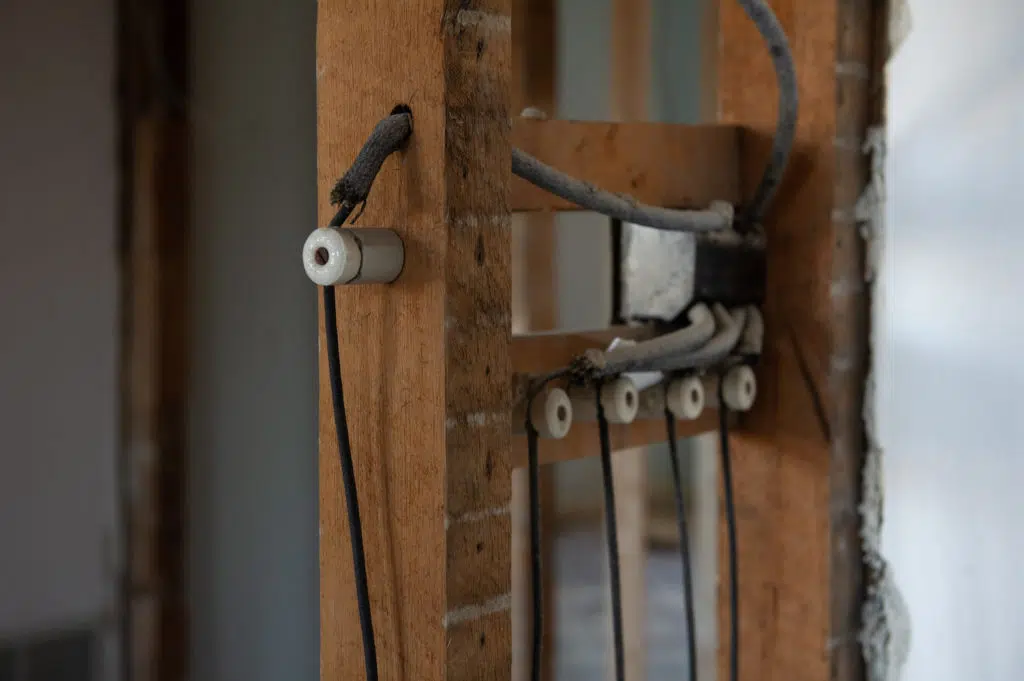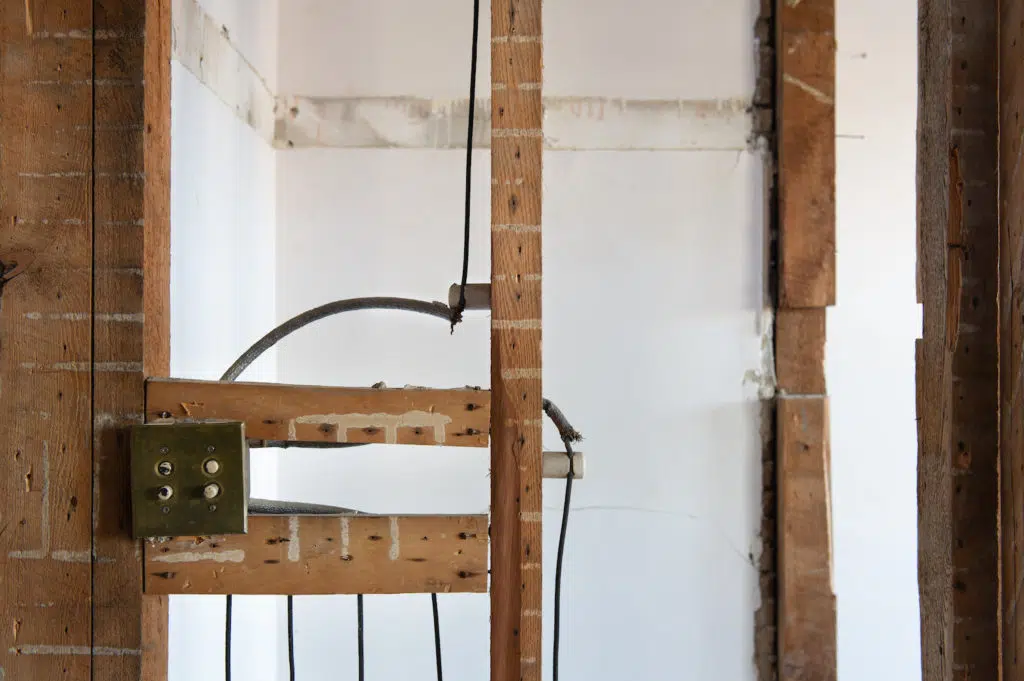Replacing Knob and Tube Wiring: What You Need to Know
If a home or business was built prior to 1950, chances are that the walls are hiding some kind of old knob and tube wiring. Making its debut in the 1890s, knob and tube wiring is an outdated method of wiring that’s now considered unsafe and inefficient in comparison to modern wiring techniques.
Since it is the oldest type of residential wiring, it’s likely that the original knob and tube wiring system in most homes has already been partially, if not completely, upgraded. For those who are unsure about the web of wires in their attic, this grey area between safe and hazardous can leave them confused and in the dark about policies and insurance coverage. Replacing knob and tube wiring is vital to keeping your home safe and compliant with insurance. Read on to find out if replacing knob and tube wiring should be at the top of your to-do list!
Why Is Replacing Knob and Tube Wiring so Important?
Although inefficient and unattractive in comparison to most modern wiring methods, the knob and tube method is intrinsically safe and durable. In fact, if the integrity of the wiring or housing hasn’t been altered then there is no real danger; but this method of wiring homes is finicky and demanding. It requires ample amounts of time, patience, experience, and almost perfect conditions. Most modern appliances are not compatible with this type of system and not all modern electricians are trained on how to properly handle each component.
One of the main differences between modern wiring methods and the knob and tube method is that there is no ground wire. This eliminates using knob and tube wiring in kitchens, bathrooms, laundry rooms, or outdoors. Most of the problems with knob and tube wiring arise when the original wire housing becomes brittle and deteriorates, or wiring has been improperly spliced, incorrectly placed, or misused. To ensure the safest practices, homeowners and business owners alike should have the wiring systems inside their buildings inspected by a qualified electrician for integrity and compliance.

What Is Knob and Tube Wiring?
Knob and tube wiring, also sometimes referred to as K&T wiring, is a method used for wiring homes in the early 1900s. Knob and tube wiring is easy to spot. With its thin, black porcelain tubing wrapped tightly around the top of small, white, cylindrically-shaped porcelain knobs, the average attic in ‘50s resembled a ‘60s telephone switchboard, just much bigger!
The black tubing encases the copper conductors with a single layer of flammable insulation, which is usually the main culprit for K&T upgrades and remodels. The supportive cylindrical ‘knobs’ were nailed down along its path, decreasing sagging, creating areas to splice and reroute connections and protection through joists and other fixed objects.
Is Knob and Tube Wiring Legal?
With all of the different regulations and requirements surrounding knob and tube wiring, it can be confusing for consumers to know what’s accepted and what’s not. According to the Washington State Legislature, the existence of knob and tube wiring is legal but there are stipulations:
- Existing knob and tube wiring must be inspected by a licensed professional for overcurrent protection, insulation failures, deterioration, improper splicing and unsafe connections.
- New, upgraded insulating materials are allowed to be added inside the existing knob and tube wiring fixtures as long as they are, again, inspected by an appropriately licensed electrical contractor for safety and effectiveness.
To be sure your knob and tube wiring safe and compliant, we highly suggest working with a qualified electrician.
Will Insurance Cover Knob And Tube Wiring?
Insurance companies are well aware of the dangers involved with improperly maintained knob and tube wiring. Unfortunately, property owners of all kinds have already encountered a hard but true fact about insurance: just because it’s covered by insurance today, does not mean that it will be covered tomorrow. As home insurance companies all over the U.S. restrict the parameters of electrical installations, homeowners are scrambling to do the right thing before an accident happens.
A local homeowners insurance company in Renton, WA recently warned their clients that “most home insurance carriers will not write a new policy for a home with knob and tube wiring.” Homeowners interested in buying, selling, refinancing, or remodeling their homes should schedule a consultation with their insurance representatives so they are not blindsided by the regulations surrounding knob and tube wiring.
Move Forward with Replacing Knob and Tube Wiring!
Knob and tube wiring has become an outcast in the current electrical training guides and it is for good reason. In addition to replacing the casing, wires, and outlets, the home’s insulation and framing will also be modified to suit the new, upgraded systems. The longer homeowners wait to make upgrades, the more expensive it will be when the time comes to revamp the house’s electrical work.
Call us today to find out how we can help you replace the knob and tube wiring in your home or business!

